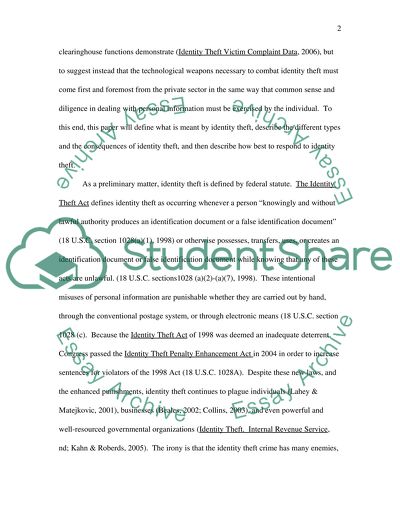Cite this document
(“Collective Effort and Collective Liability Essay”, n.d.)
Retrieved from https://studentshare.org/law/1523295-the-most-popular-crime-of-21th-century
Retrieved from https://studentshare.org/law/1523295-the-most-popular-crime-of-21th-century
(Collective Effort and Collective Liability Essay)
https://studentshare.org/law/1523295-the-most-popular-crime-of-21th-century.
https://studentshare.org/law/1523295-the-most-popular-crime-of-21th-century.
“Collective Effort and Collective Liability Essay”, n.d. https://studentshare.org/law/1523295-the-most-popular-crime-of-21th-century.


